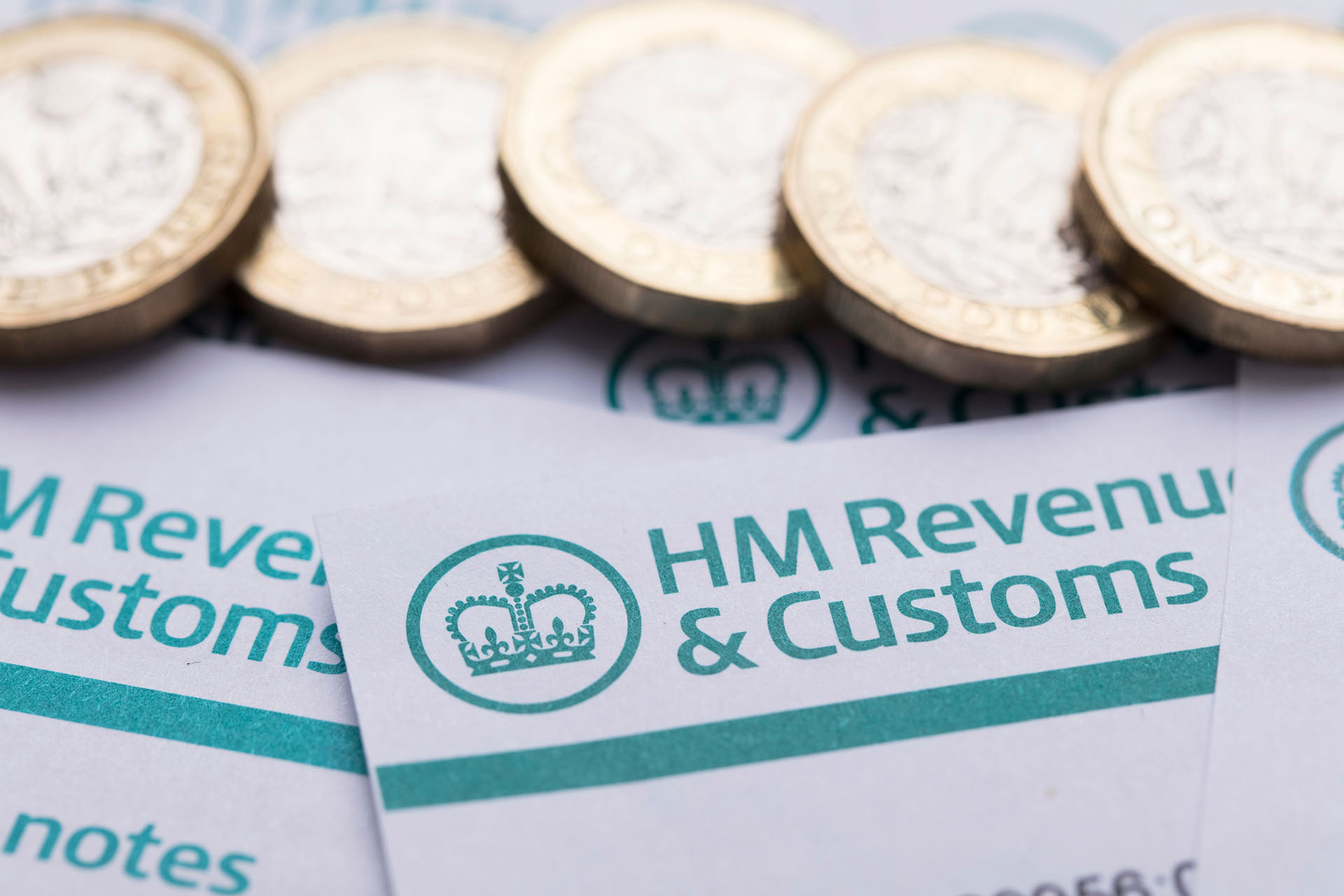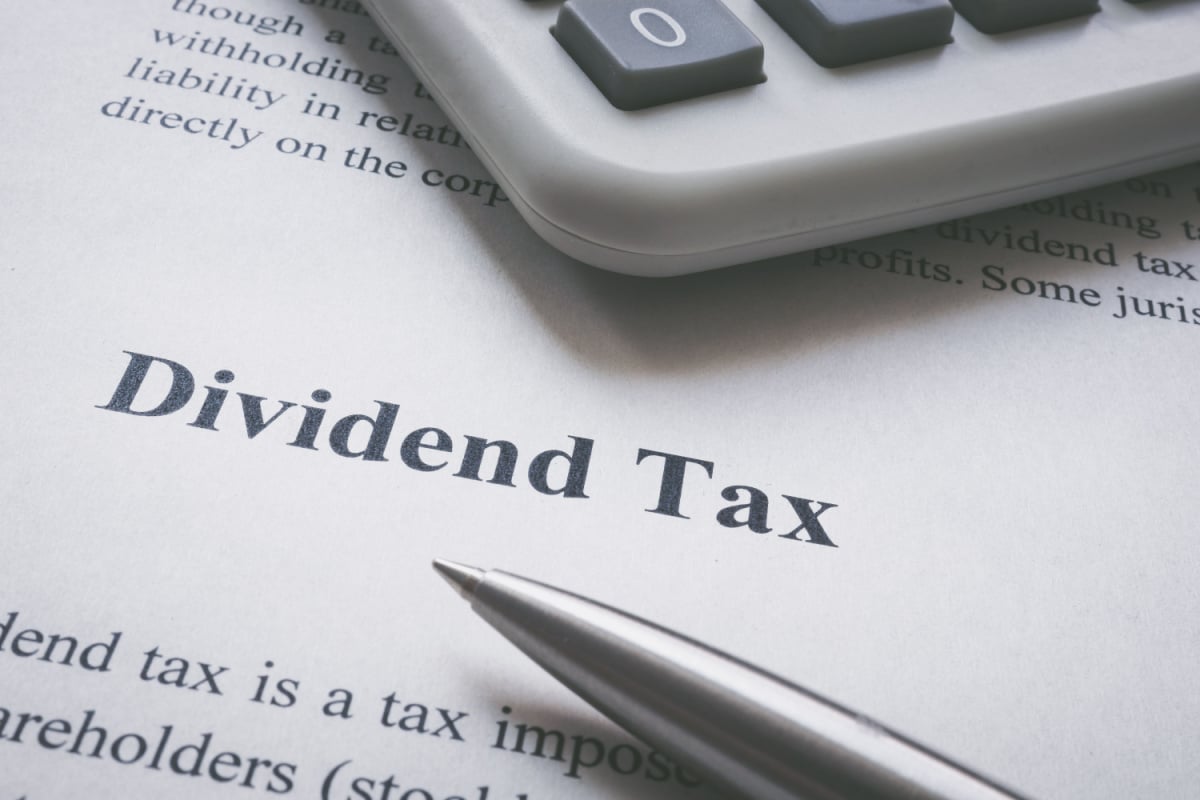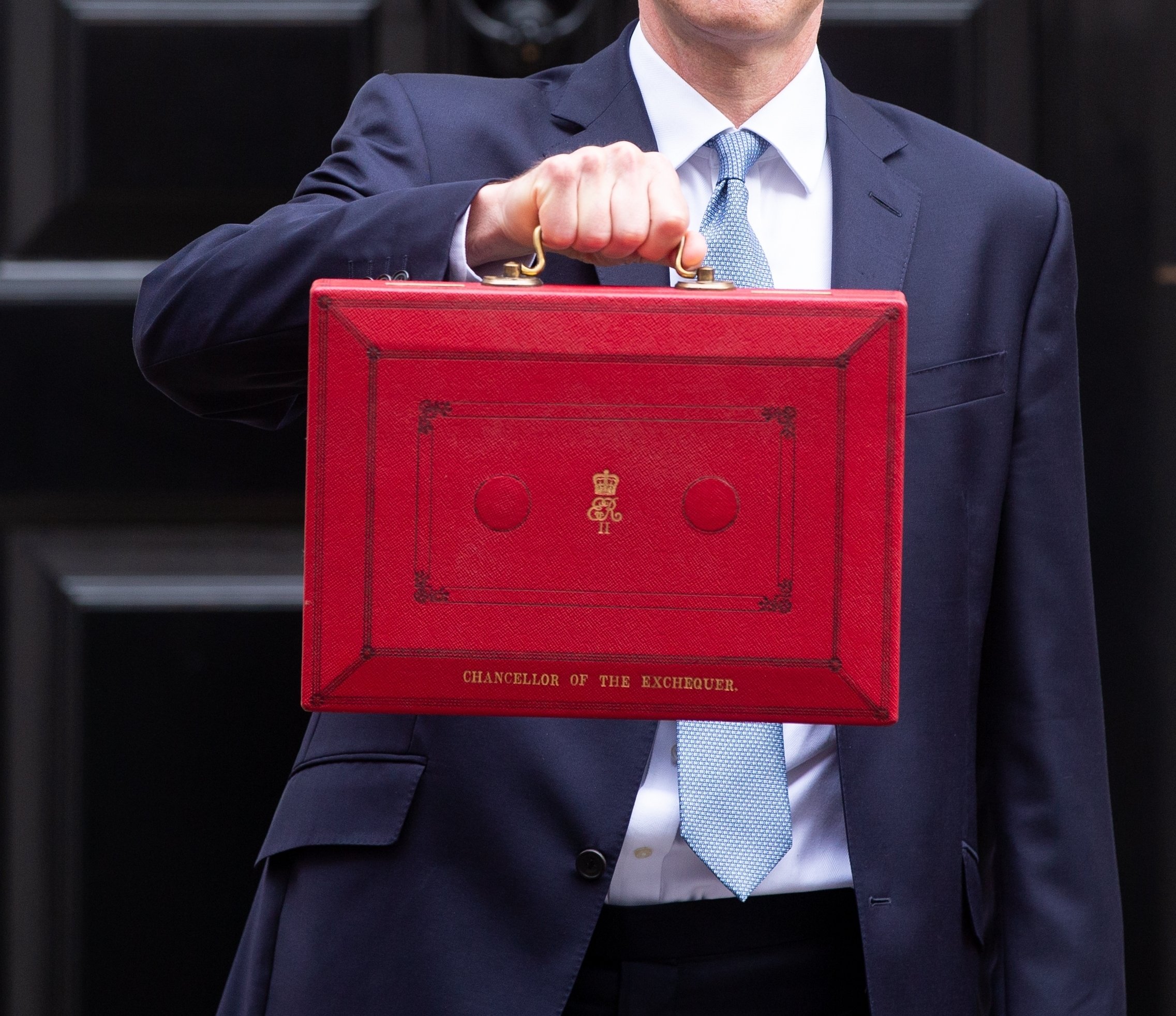
Open fast find
Close fast find
Capital Gains Tax Allowance 2025/26 Investor Roadmap
One of the most significant tax changes impacting UK investors in the 2025/26 tax year is the reduction of the capital gains tax allowances (also known as the annual exempt amount or AEA) over the past few years, as well as increasing capital gains tax rates.
Having decreased by more than 75% in the last few years it has further heightened tax pressures and is gradually eroding gains for UK investors. Its no surprise that the UK has broken CGT receipt records.
Subsequently, by researching the new changes and the routes available to mitigate them, investors may be able to make considerable savings on their annual CGT bills.
What is the capital gains tax allowance for 2025/26
The capital gains tax allowance for the 2025/26 tax year has decreased by more than 75% from its 2022/23 threshold of £12,300 to £3,000.
This means that any individual who makes gains on assets over the value of £3,000 annually will be required to pay capital gains tax on the excess amount at their marginal tax rate.
The marginal rate of CGT an investor pays depends on the income tax bracket they fall into and the type of asset they sell - with residential property commanding higher rates of CGT. The marginal rates of capital gains tax for the 2025/26 tax year are as follows:
|
Tax Bracket |
Income range |
CGT rate on assets |
CGT rate on property |
|
Basic rate taxpayer |
£12,571 to £50,270 |
18% |
18% |
|
Higher rate taxpayer |
£50,271 to £125,139 |
24% |
24% |
|
Additional rate taxpayer |
Over £125,140 |
24% |
24% |
How does the capital gains tax allowance for 2025/26 differ from previous and upcoming years?
From 1988/89 to 2020/21 the annual capital gains tax allowance gradually increased from £5,000 to £12,300, where it remained until the end of 2022/23.
With the 2023/24 CGT allowance reduced to £6,000, this will marked the first time in 35 years that the level had been reduced year-on-year.
In the 2023 Autumn Statement, the Chancellor announced plans to cut the allowance by a further half in the 2024/25 tax year to £3,000, marking the figure at its lowest point since 1981.
Thankfully, this allowance seems to be remaining stable now, with no further reductions planned for this year. But it still certainly remains possible that they will decrease further over the coming years.
This makes the CGT allowance - alongside the rapidly decreasing dividend tax allowance - one of the key tax changes impacting investors continuing to affect investors in 2025/26.
What does this mean for investors?
For investors, the annual exempt amount will be significantly less effective than before, shrinking to less than 25% of its 2022/23 level by 2025/26.
With an additional £9,300 of gains subject to tax by then, this reduction alone could see investors paying up to £2,604 more in capital gains tax per year if taxed at the highest marginal rate of 28%.
Fiscal drag has already been a growing issue, but the shrinking of fixed allowances has worsened the impact. As asset values tend to rise with inflation, capital gains—which increase accordingly without necessarily boosting real purchasing power—are now more likely to exceed the exemption threshold.
For experienced investors, these reductions could significantly erode gains made from high-return investments. As a result, tax-efficient investment strategies are becoming an even greater priority.
What are the rules surrounding the capital gains tax allowance?
Outside of the overarching rule that all capital gains on the disposal of assets exceeding the annual exempt amount will be charged at an investor's marginal rate of CGT, there are a number of additional rules investors should take note of when considering their capital gains tax allowance:
- One allowance per individual: The CGT annual allowance is a single allowance that applies to all of an individual's capital gains within a tax year. You cannot share your allowance with anyone else, this includes married couples.
- Cannot be carried forward: If you don't use your CGT annual allowance in a tax year, you cannot carry it forward to future tax years. This means that it can be optimal for investors to ensure they use their allowance each year.
- Reporting requirements: If you make a capital gain in a tax year that exceeds your CGT annual allowance, you are required to report the gain to HMRC and pay any tax due. You may also need to report certain information about the gain on your tax return.
- Differing rules for trusts: Rules surrounding the annual exempt amount for trustees can vary from trust-to-trust, however this figure is generally half of the capital gains tax allowance for a given year, making the figure for 2023/24 £3,000.
Are there any special exemptions or deductions on capital gains tax?
Though the new changes to the CGT allowance pose erosive impacts for individuals realising annual gains of over £3,000, a number of exemptions can be accessed to mitigate them:
- Main residence relief: If you sell your main home, you may be eligible for relief from capital gains tax. As of 2025/26, UK residents can claim CGT relief up to £6,000 per person on the sale of a main residence.
- Entrepreneurs' relief: If you sell all or part of your business, you may be eligible for entrepreneurs' relief, which can enable individuals to pay a lower rate of capital gains tax of 10% on qualifying assets, up to a lifetime limit of £1 million.
- Gift hold-over relief: If you give away assets to a family member or to a charity, you may be eligible for gift hold-over relief. This means that you won't have to pay capital gains tax on the gift, but the person who receives it will have to pay tax on any gains when they sell the asset.
- Loss relief: If you make a loss on the sale of an asset, you may be able to offset that loss against any other gains you have made in the same tax year. If you have no other gains, you may be able to carry the loss forward to use in future tax years.
Whilst these reliefs can enable investors to reduce CGT liabilities, it is worth noting that they rely on individual tax circumstances, and are only accessible to the select individuals that fulfil those.
What tools can investors use to mitigate capital gains tax?
Outside of the several CGT exemptions and deductions, UK taxpayers also have access to a range of tax efficient schemes, products and tools for maximising the potential of their CGT allowance.
Unlike deductions such as entrepreneurs' relief and main residence relief, CGT benefits via these tools are more broadly accessible and less limited to individual circumstances and timeframes. This can make them particularly attractive to certain experienced investors keen to reduce, and even avoid capital gains tax bills entirely.
Enterprise Investment Scheme (EIS) and Seed Enterprise Investment Scheme (SEIS)
The Enterprise Investment Scheme (EIS) and Seed Enterprise Investment Scheme (SEIS) are tax-advantaged investment schemes designed to encourage private investment into early stage, growth focused companies in the UK.
Alongside tax benefits, such as up to 50% income tax relief on the value of an investment and inheritance tax exemption on shares, the EIS and SEIS offer investors a number of CGT-focused advantages that can be useful in supplementing an individual's capital gains tax allowance.
Not only are both EIS and SEIS shares exempt from capital gains tax upon the point of disposal - negating the 20% tax rate usually required upon the sale of shares - but the schemes also offer additional CGT benefits that can assist in tax planning.
The EIS offers investors the option of CGT deferral relief, enabling an individual to defer the payment of an existing CGT bill to a later year should its value be reinvested in EIS-eligible shares. On the other hand, the SEIS offers CGT reinvestment relief, which can enable investors to outright halve the amount payable of an existing CGT bill should the gain's value be invested in SEIS-eligible shares.
Venture Capital Trusts (VCTs)
Venture Capital Trusts (VCTs), similar to the EIS and SEIS, are a type of tax-advantaged investment wrapper that enable investors to benefit from multiple tax reliefs when investing in early stage companies.
Unlike the previously mentioned schemes, VCTs facilitate investment into a portfolio of small, unquoted UK companies – rather than individual opportunities – which is structured and managed by a fund manager.
Similarly, VCTs offer capital gains tax exemption upon the sale of shares and the option of CGT deferral, although they do not provide the inheritance tax exemption and loss relief advantages of the EIS and SEIS.
Individual Savings Accounts (ISAs)
Individual Savings Accounts (ISAs) can provide individuals with a number of benefits when it comes to capital gains tax in the UK.
Firstly, any gains made within an ISA are tax-free. This means that should an investor invest in stocks, shares, or bonds via ISAs, such as the Innovative Finance ISA (IFISA), and then sell them at a profit, they won't be liable for CGT on those gains.
In addition, any income earned within an ISA is also tax-free (up to a maximum of £20,000 per year). This includes interest on savings, dividends from stocks and shares, and rental income from property held within the ISA.
Self Invested Personal Pensions (SIPPs) and Small Self Administered Schemes (SSASs)
A Self-Invested Personal Pension (SIPP) is a type of personal pension that gives individuals greater control and breadth over how their pension savings are invested than traditional personal pensions.
Small Self Administered Schemes (SSASs) on the other hand are occupational pension schemes that are set up and run by a small group of company directors or senior employees.
Both schemes offer investors full CGT exemption upon the sale of assets held in the pensions, of which can span a variety of asset classes - from stocks to ISAs to property.
Selecting the most appropriate route
Where investors have a wide breadth of options at their disposal when looking to mitigate capital gains tax - and ultimately extend the capabilities of their reduced 2025/26 capital gains tax allowance - which one an investor chooses will largely depend on their personal circumstances.
For investors looking to target considerable long term tax-free growth with the option of reorganising existing and upcoming CGT bills, the EIS or SEIS may be preferable, whereas for those looking to build a tax efficient pension pot, a SIPP or a SSAS may be preferable.
Ultimately, as the capital gains tax allowance rapidly nears its lowest point in 42 years, by one means or another every individual that expects to make gains on assets over £3,000 per year would benefit from exploring tax efficient options as a means to mitigate taxable gains.
%20(3)%20(2).jpg)









